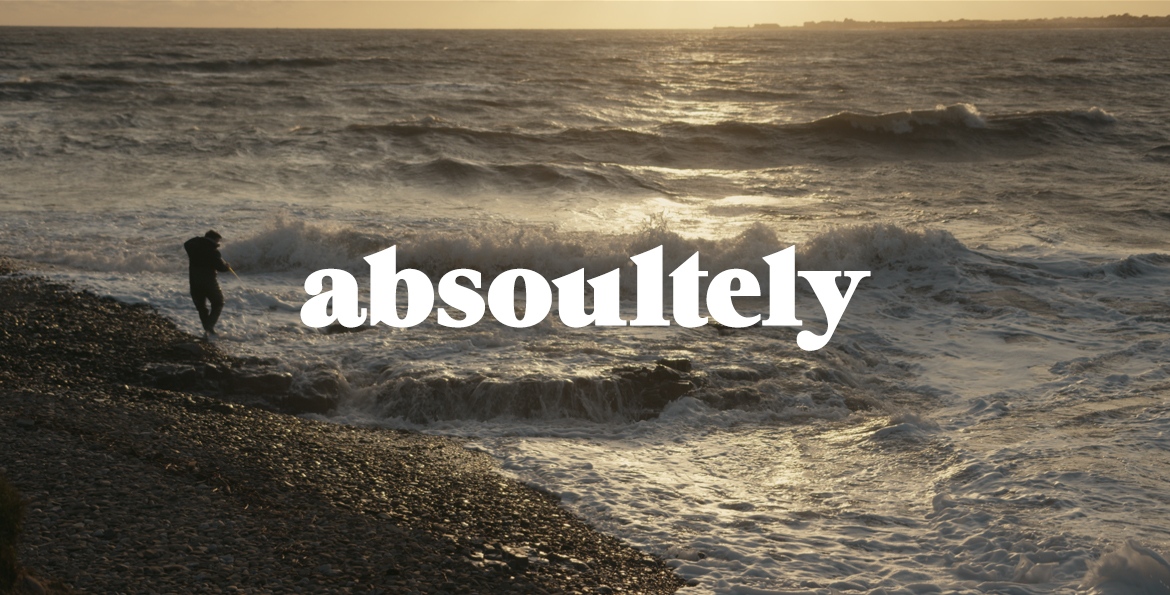For the third time in the space of 12 months, I’ve read an article that somewhat attacks the sentiment behind filmmakers, or YouTubers more specifically, who upload camera tests and video content that is nothing more than pretty pictures and classical music—like some of the most popular content on my channel that I’ll embed throughout this article.
The argument against these videos is that, well, there’s no real merit, or real filmmaking to the videos without agency, without meaning to the content you are watching.
To take a quote from one article, it reads.
But when you look at a huge percentage of so-called content that is now produced for online consumption, how much of it is properly structured, and how much of it is effectively just montage shots?
To some extent, sure, I can see that side of the argument. There is a definitive difference between a pre-planned shot filled with carefully composed images vs. a video filled with just random images that don’t even link to each other. There are certainly montage videos that work better than others. As noted in another article that jabs at those who make this kind of content, it must be equally frustrating for someone who has worked in the industry for 20 years and then to see someone relatively inexperienced in the actual field to receive thousands upon thousands of dollars of filmmaking equipment because they have passed a certain subscriber threshold.
However, if you have watched the latest Blackmagic 12k sizzle reel of glorious oceanic scenery and find yourself saying, ‘well, it’s not real filmmaking, is it?’ There are a few elements you need to consider.
YouTube is for Sharing
The first is to acknowledge that this is YouTube. It’s a platform built for sharing video. In no way, when signing up to the terms and conditions, it suggested that the content you produce must adhere to a formal structure. Of course, the way content is structured will dictate how popular your media is received. But if you’ve just acquired a brand-new camera, the Sony A7S III, and your first port of call is to head to the forest to check out how well it performs in a high contrast scenario or how well the autofocus performs when tracking toward a tree and you want to share your results, then that’s fine. YouTube is a platform built to do just that.
Humans Love To Capture The Moment
The social aspect of taking and sharing photos predates the internet. It predates you as a person. The element of capturing a moment has been an active part of society since the late 19th century. Of course, we know that as time progressed, the image quality and the ease of taking photos drastically improved, and photography was readily available for everyone. However, In the late 2000s, we crossed a pivotal threshold of having cinematic video quality in a handheld DSLR.
Yes, I’m talking about the 5D Mk II. Of course, with camcorders and DSLRs with lesser video quality, making homemade movies or travel videos was not a new concept. But the notion of capturing video that somewhat looked like the quality you saw on the big screen was a new concept. So it was only inevitable that these short-form videos, which essentially document nothing or day to day happenings, would make their way onto YouTube. A social sharing platform. Suppose you can make a montage of shots that looks like it belongs in a Sergio Leone film while out in the desert, the idea of capturing that and sharing it, is intrinsically tied to our human nature.
They Are Just Test
To conclude, nobody is saying that these videos are gold standards for camera tests. I’m sure anybody who makes a video titled Canon EOS R5 Atlantic Beauty Film Test knows they are creating a video with a series of shots solely taken because they look lovely—and the viewers who watch said videos also understand they are watching a series of montage shots. I don’t think anybody expects a thorough cinematic test with a funded production when they click on DaveLovesCoffee’s video.
There are channels like Gerald Undone that will put the camera through a thorough standardized dynamic range and ISO test. These ‘film look’ videos often exist to see how the image looks online and how we might envision what content we could create with that camera. If you have a new camera or a new lens, you simply want to make a video to see how your gear works. There is nothing inherently wrong with that.

